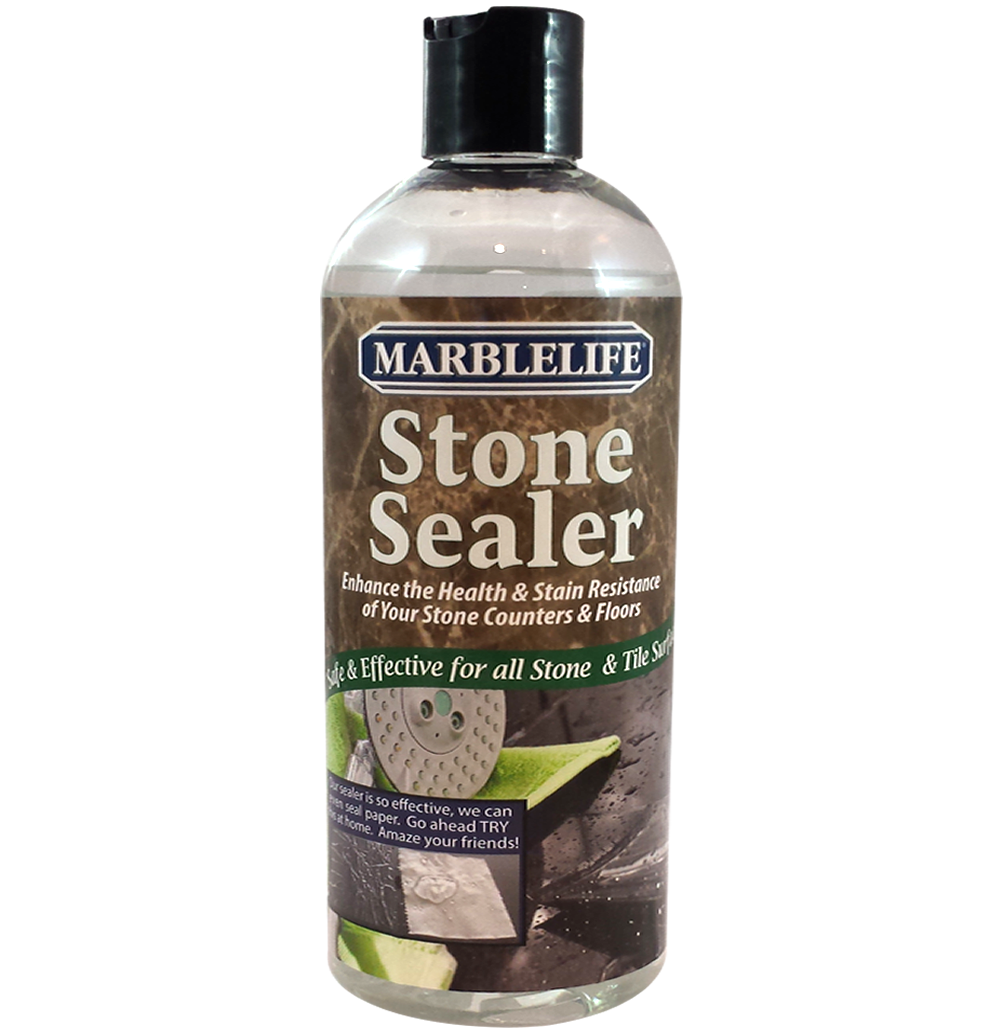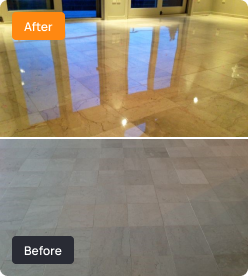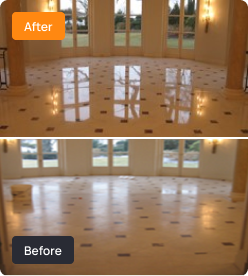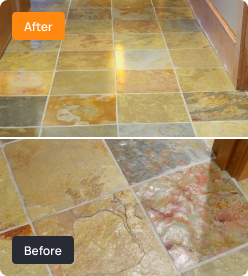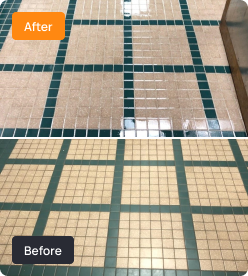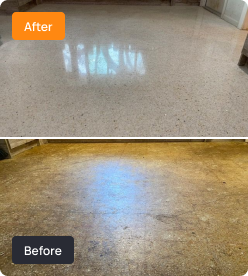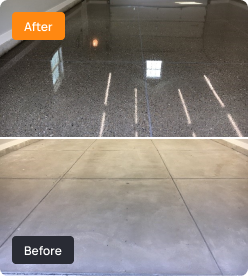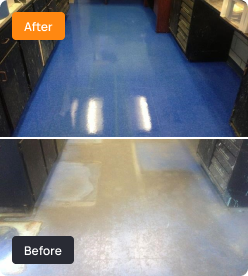The DO’s and DON’T’s of Travertine
Travertine is a type of limestone the Romans heavily extracted from quarries located in the Tivoli district of Rome. This stone is very porous and requires care and maintenance similar to that of marble. Travertine is considered an elegant material. Many interior designers say it is more attractive than fine marble (which is funny cause […]
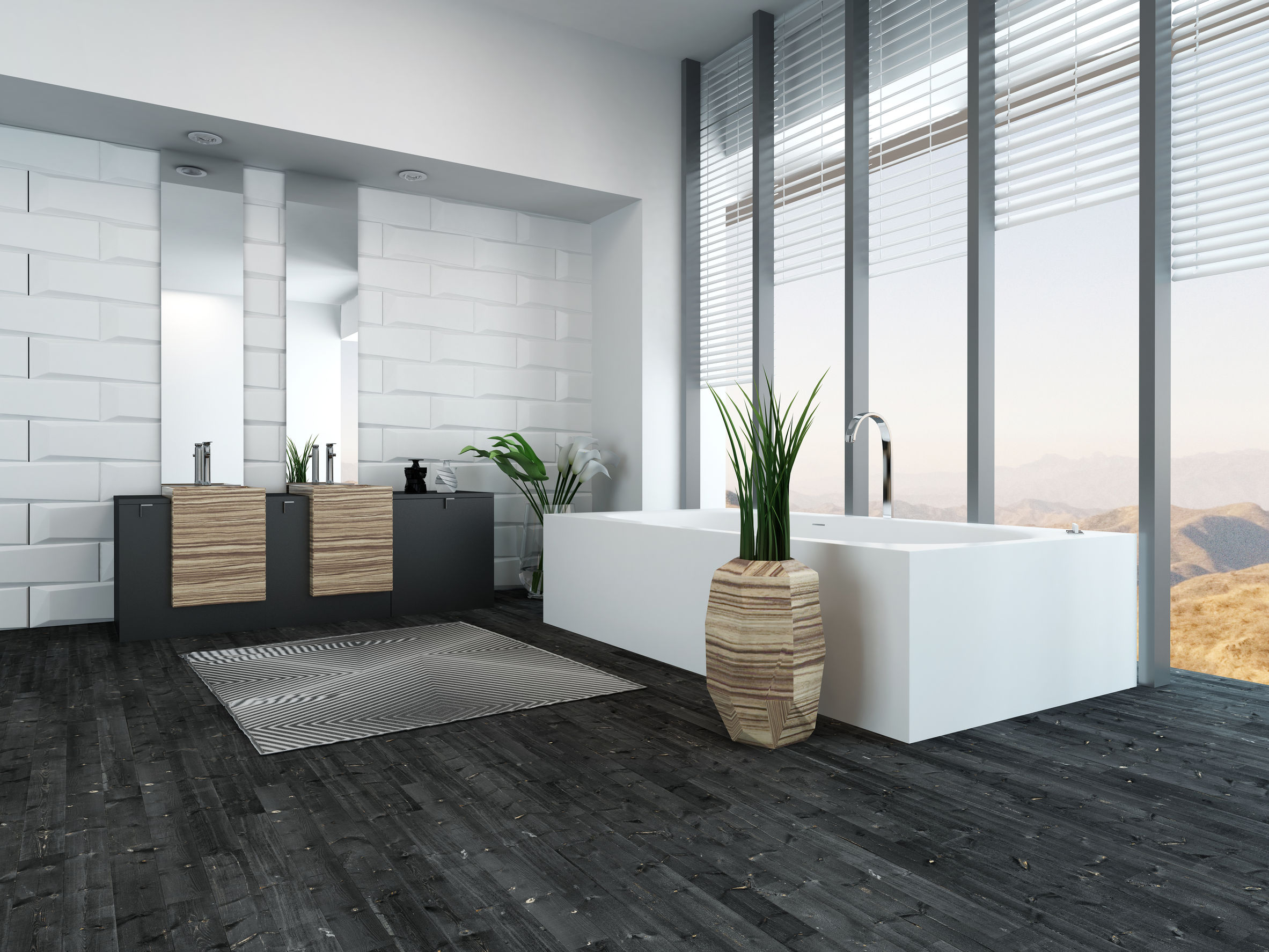

Travertine is a type of limestone the Romans heavily extracted from quarries located in the Tivoli district of Rome. This stone is very porous and requires care and maintenance similar to that of marble.
Travertine is considered an elegant material. Many interior designers say it is more attractive than fine marble (which is funny cause travertine is a type of marble). If you have or are considering installing travertine in your home or business, here are few things you should and shouldn’t do in terms of maintenance:
DO: Seal Frequently
Travertine is naturally porous and thus susceptible to staining. The secret to maximizing the life of your travertine is through proper and frequent sealing. Something you can do on your own thanks to MARBLELIFE® Stone Sealer. If you have a “Closed” form of travertine a penetrating sealer is all you will need, however, if you have an “open” form commonly used on walls, the stone can look like swiss cheese with very large openings, that will require additional cleaning and care to keep free from dust and debris. “Open” form travertine is often converted to “close” form specifically for ease of cleaning after installation (something MARBLELIFE can assist with should it become necessary).
DON’T: Use Common Household Cleaners
You should only use a natural-stone cleaner on your travertine, the specifically states it is stone-safe or designed for use on marble or travertine. Many household cleaners employ chemical additives to “fill in scratches” which can result in wax buildup in travertine pores or include acids in the form of vinegar or citrus which will dissolve travertine’s surface damaging your satin or gloss appearance and leaving white spots, rings or spill marks. Acids will also break down the seals that protect your stone from stains.
DO: Consider Floor Mats
Travertine floor tile can accumulate scratches over time if dirt and debris are constantly tracked/dragged over the surface. This is common in beach front areas. Floor mats at the entrances and exits of your home can reduce the sand and grinding debris that makes it onto your stone and underfoot (particularly important if you live near a source of sand like the beach or the desert). That said, not all mats are created equally. A good mat will allow the sand particle to fall into or through the mat so that the walking surface remains sand free. Most mats keep the material on the surface and are really little more than welcome signs. A good mat can reduce your cleaning time and restoration expense.
DON’T: Wax
If your travertine’s finish has lost its sheen, you are best served to have a professional re-polish. Marble polishes exist on the market to address spot etches, spots or situations, however, a full floor needs the attention of someone who understands how to deliver a consistent finish free of highs and lows. Waxes are often recommended as a quick way to a shine, however, introduce all sorts of downstream issues, such as scuffing, the need to rebuff consistently, and the eventual waste associated with chemically removing it. Better to have your surface re-polished, and look at how to eliminate the root causes that resulted in the loss of shine.
Do: Clean Often
Even if you re-seal your travertine floors and countertops frequently, you should still keep the surfaces clean in between sealings by wiping up spills immediately, and dust mopping regularly. Especially when it comes to tomato sauce, orange juice, coffee, and wine, you need to absorb spills as fast as possible, as these acidic liquids will begin to dissolve your surface on contact. You can mitigate this by using trays, pads, cutting boards and coasters to protect your stone surfaces. (Want to have some fun and see how sensitive this material can be? Purchase a single tile and press a lemon into the surface. In less than 20 minutes you have a perfect impression of the lemon wedge burned into the tile surface. Unfortunately, a lemonade spill is not nearly as attractive).
Don’t: Use Abrasive Pads
After proper sealing, cleaning should be accomplished with nothing more than a soft (preferably microfiber) towels or clean rag, along with a stone-safe cleaner like MARBLELIFE® Marble & Travertine Cleaner. Abrasive materials will scratch this soft surface over time dulling the surface. Travertine is indeed an elegant material, she demands an elegant care, but she is well worth it as it can transform a room into an elegant setting. To learn more about caring for travertine and other types of natural stone such as granite, marble, and limestone, or If you have additional questions about stone care, feel free to call MARBLELIFE today or visit your local MARBLELIFE office.
Call MARBLELIFE at (888) 524-3372 or visit us online to secure your FREE ESTIMATE at www.MARBLELIFE.com or to www.MARBLELIFEPRODUCTS.com to secure the care products appropriate to your surface, and your desire for an easy effective cleaning solution.
MARBLELIFE® Stone Sealer 16oz
MARBLELIFE Stone Sealer is a fantastic combination of the strongest features of a superior quality sealer, without the negative features of many popular sealers.
